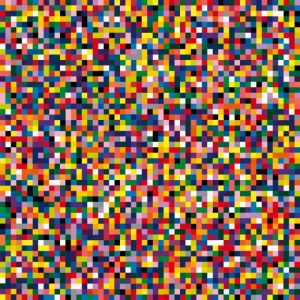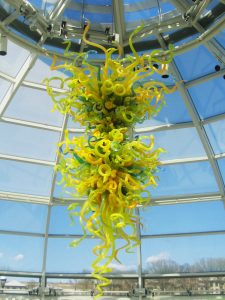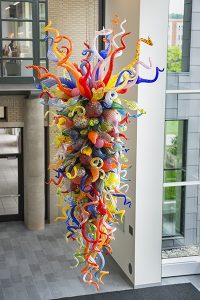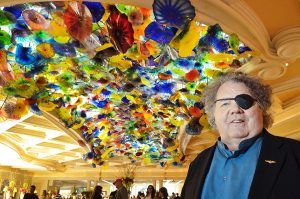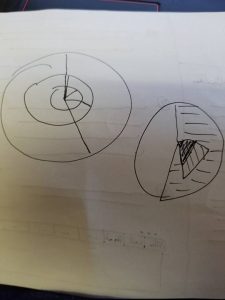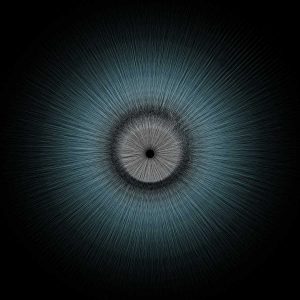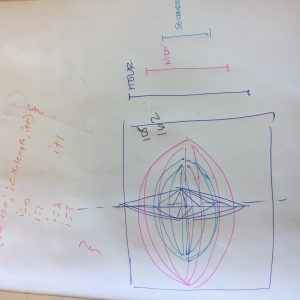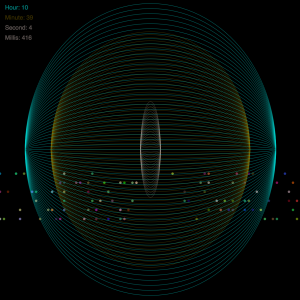var secR; // Initialise sec colour var
var secG;
var secB;
var minR; // Initialise min colour var
var minG;
var minB;
var hourR; // Initialise hour colour var
var hourG;
var hourB;
var h; // Initialise hour var
var m; // Initialise min var
var s; // Initialise sec var
function setup() {
createCanvas(500, 500);
background(220);
}
function draw() {
background(255);
secR = map(s,0,59,90,255); //Maps colour onto the seconds
secG = map(s,0,59,90,180);
secB = map(s,0,59,90,180);
minR = map(m,0,59,90,177); //Maps colour onto the minutes
minG = map(m,0,59,90,91);
minB = map(m,0,59,90,204);
hourR = map(h,0,23,90,85); //Maps colour onto the hours
hourG = map(h,0,23,90,134);
hourB = map(h,0,23,90,186);
h = hour(); // Hour variable
m = minute(); // Minute variable
s = second (); // Second variable
text("Current Time:" +h,75, 50);
text(":"+m,161,50);
text(":"+s,178,50);
noStroke();
push();
translate(width/5,height/2);
fill(secR,secG,secB);
ellipse(0,0,150,150);
fill(minR,minG,minB);
ellipse(150,0,150,150);
fill(hourR,hour);
ellipse(300,0,150,150);
pop();
}My inspiration for this abstract clock came from this website called What Colour Is It? that changes colour with the time. The website doesn’t split the time into hours/minutes/seconds, and it also displays the 6 value hex code for the colour. My only issue is that you can’t really see the minutes and hours change colour as you can the seconds.
![[OLD – FALL 2016] 15-104 • COMPUTING for CREATIVE PRACTICE](../../../../wp-content/uploads/2020/08/stop-banner.png)
